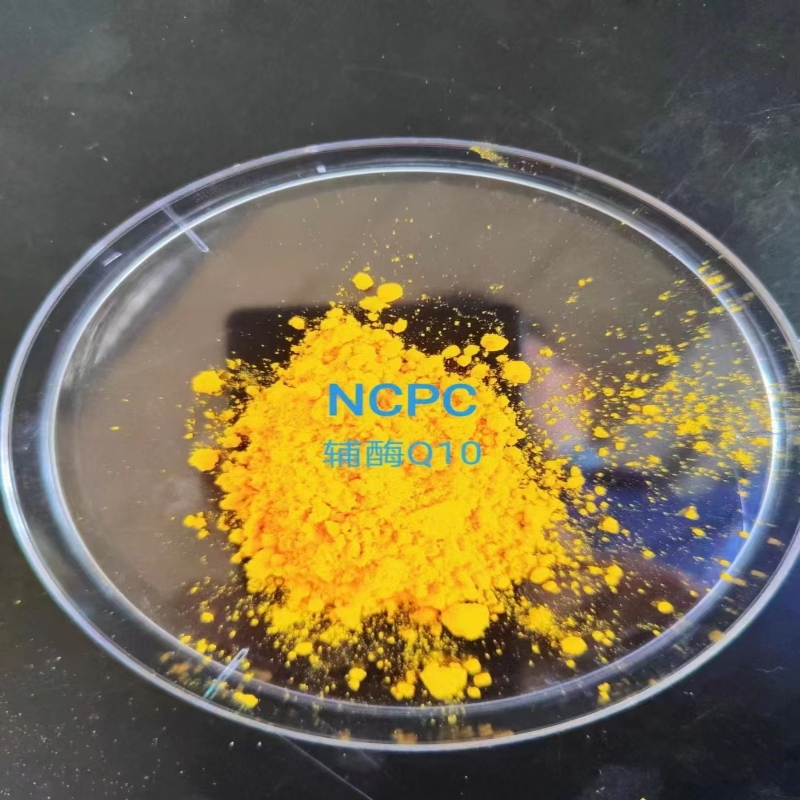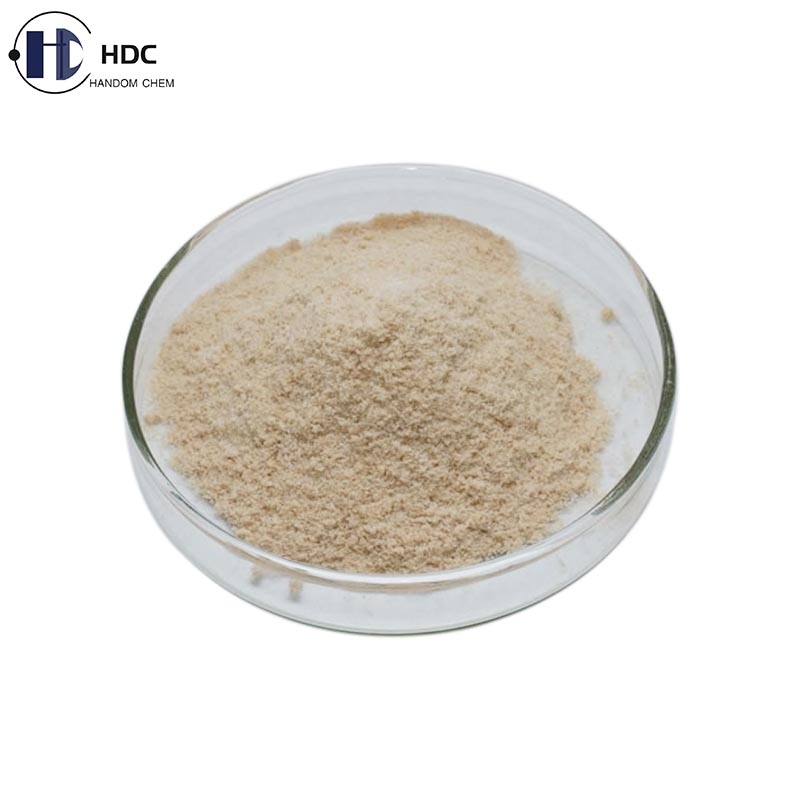-
Categories
-
Pharmaceutical Intermediates
-
Active Pharmaceutical Ingredients
-
Food Additives
- Industrial Coatings
- Agrochemicals
- Dyes and Pigments
- Surfactant
- Flavors and Fragrances
- Chemical Reagents
- Catalyst and Auxiliary
- Natural Products
- Inorganic Chemistry
-
Organic Chemistry
-
Biochemical Engineering
- Analytical Chemistry
-
Cosmetic Ingredient
- Water Treatment Chemical
-
Pharmaceutical Intermediates
Promotion
ECHEMI Mall
Wholesale
Weekly Price
Exhibition
News
-
Trade Service
The multi-stage ordered structure of biometric assembly is one of the essential features of living units, which realizes important biological functions such as energy transformation, material transport and signal transmission.
to accurately regulate the biometric assembly conditions, and to explore the relationship between the structure and function of biometric assembly, will help to understand the molecular mechanism of biological activities at the molecular level, and guide the development of functional biomass.
With the support of the National Natural Science Foundation of China and the Chinese Academy of Sciences, Li Junbai, a key laboratory researcher at the Institute of Chemistry, Interface and Chemical Thermodynamics of the Chinese Academy of Sciences, has accumulated rich work and research experience in the controlled assembly and functionalization of short peptide molecules.
For example, by precisely regulating a series of assembly conditions, the short peptide molecular assembly is transformed from a short-range ordered gel to a long-range ordered monocrystalline, providing an in-body simple model for studying the molecular mechanisms of neurodegenerative diseases.
, the arrangement orientation of the short peptide molecules is finely adjusted, and the medical material of peptide-based aerogel with controlled interface immersion is obtained.
recently, the researchers obtained a chain-like multi-stage ordered structure short peptide assembly by dynamic co-price bond assembly, combined with metal ion mating.
found that the assembly has better catalytic activity and stability than natural lacquerase.
tests confirmed that the structure and function of the above-mentioned assembly have the reversible "switch" properties of ion response.
this study illustrates that the small molecules of organisms, after being assembled in a "bottom-up" way, have the function of transcending the large molecules of natural organisms, and provide enlightenment for the construction of high catalytic activity and high stability of artificial enzymes.
study, published in Angle, was published in Angle. Chem. Int. Ed. On.
Chenlei, a Ph.D. graduate, is the first author of the paper, and Li Junbai and fei Jinbo, an associate researcher, are the authors of the paper.
()







